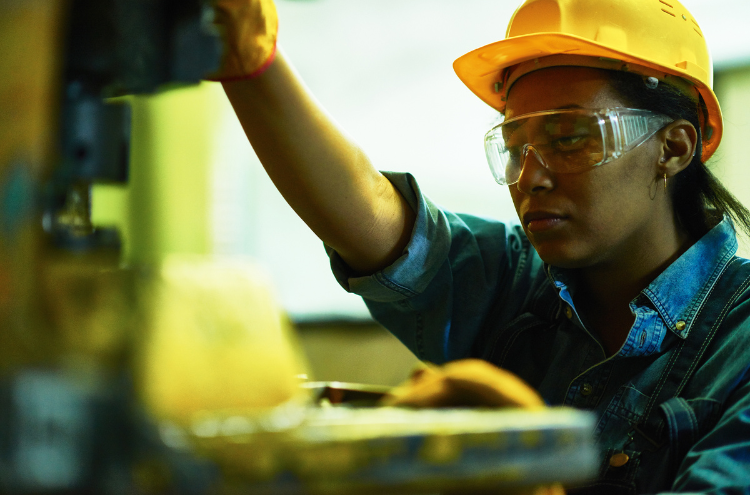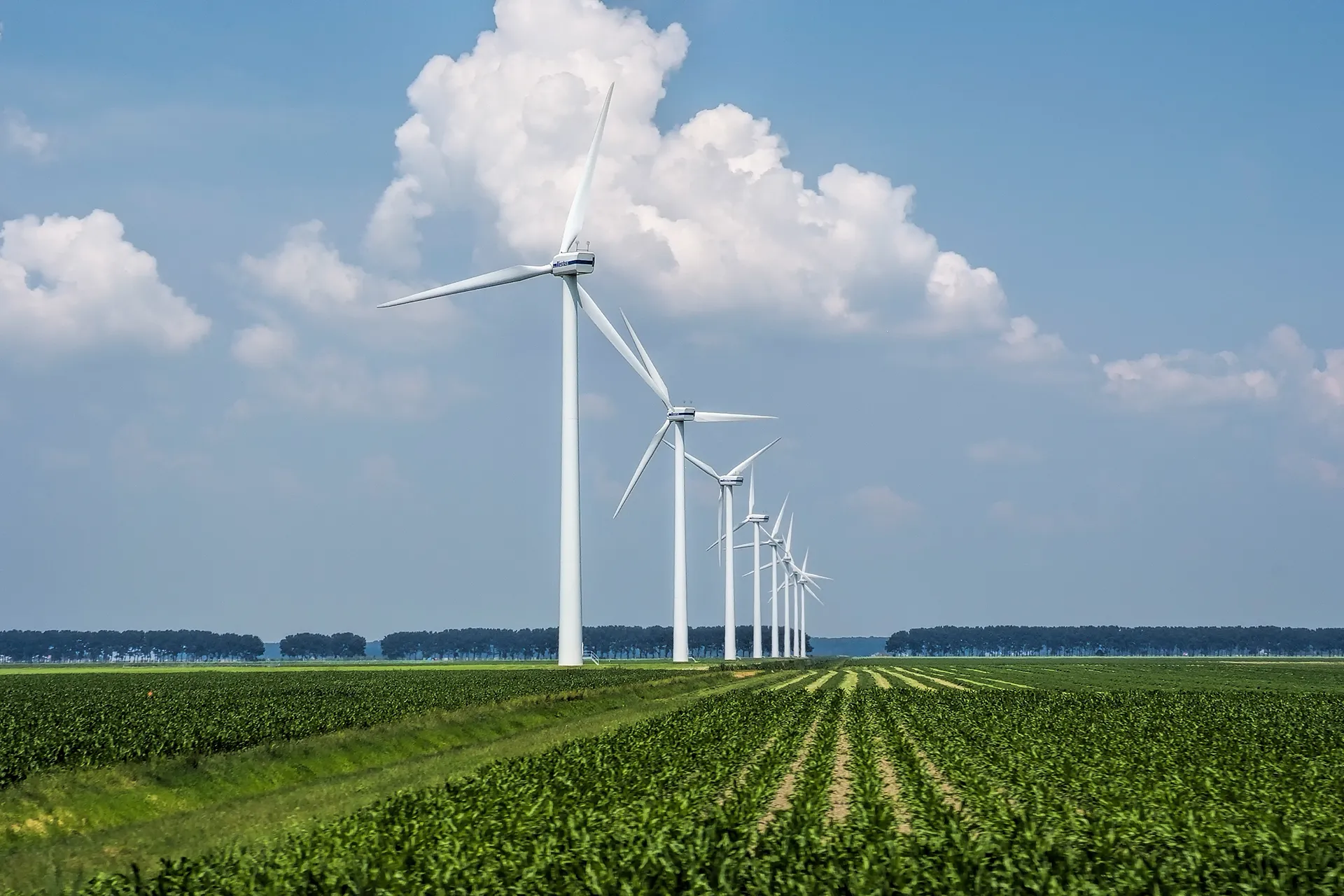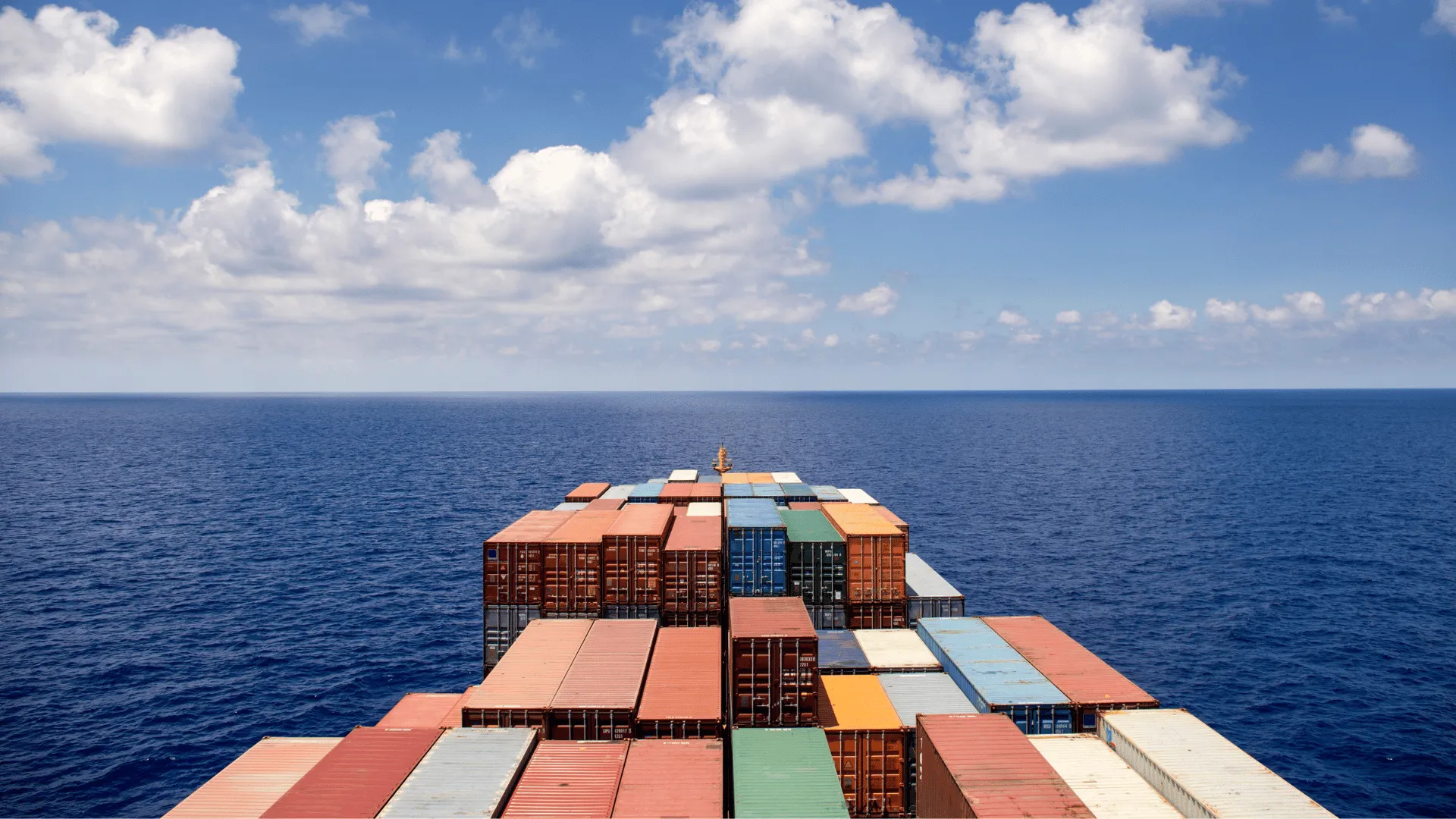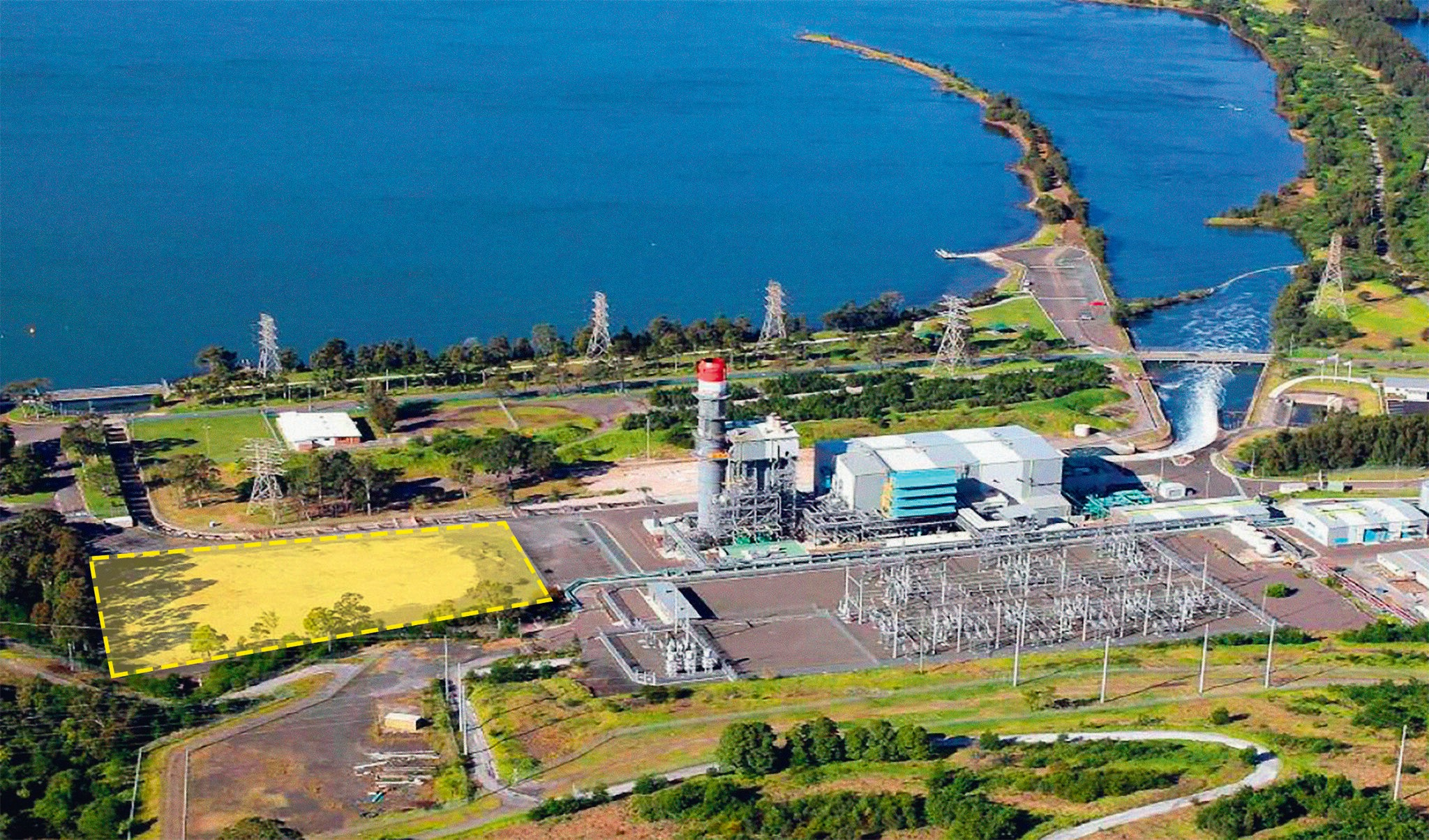In an effort to combat climate change, Australia has initiated a series of environmental regulations known as the Safeguard Reforms. These reforms began in July 2023 and are currently undergoing ongoing updates. In a nutshell, the goal is to align Australia’s industries with international standards for environmental practices, especially those concerning greenhouse gas emissions.
So, how are we going about this? Well, the government department overseeing these changes is closely studying what’s been successful in other countries. They’re identifying top-performing industries around the globe that are producing less waste and pollution. Then, they’ll use these examples to set ‘benchmarks’—or standards—for Australian industries.
Now, here’s where it gets interesting. Suppose a country like Japan invents a new, super-efficient technology that significantly reduces emissions. If it’s among the best in the world, it will set the standard for Australian industries, even if it was tailored specifically for Japan’s unique economic needs. So, Aussie companies will need to keep pace, adopting any new technology and training staff to use it.
There’s still much to be decided in this ongoing process. For example, annual benchmarks will initially drop by 4.9% each year until 2030. After that, it’s suggested that changes will occur in 5-year increments. This will be confirmed in consultations planned for 2027.
By the end of this year, we can expect to see the finalisation of these benchmarks. They’ll be incorporated into law and take effect in the financial year of 2024.
One area under specific review is the coal industry. A new rule is being introduced that covers all emissions related to coal mining, including waste gas. The goal is to have a single standard, or ‘production variable’, that covers all activities in the industry. This could potentially revolutionise how we manage waste and emissions from mining, and it will certainly keep coal companies on their toes!
However, these new regulations are still open for debate. Public consultations are currently ongoing, giving citizens and industries a chance to voice their opinions and concerns. If you want to have your say on these changes, make sure to submit your thoughts before the deadline on August 11.
Australia is taking a significant step towards greener industries. By adopting these internationally informed practices, we’re pushing for a cleaner, more sustainable future.






